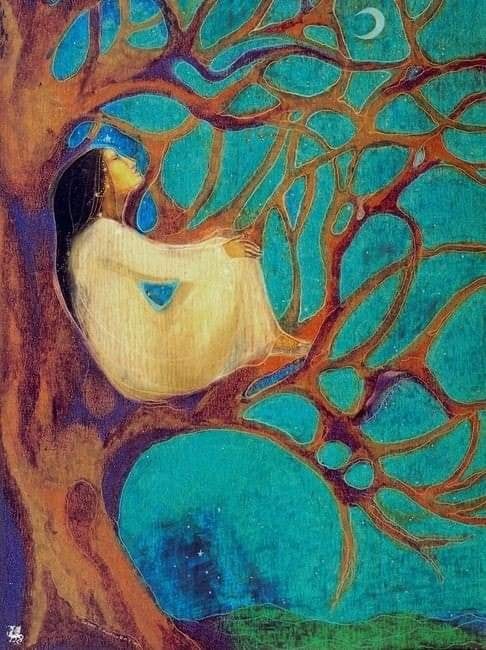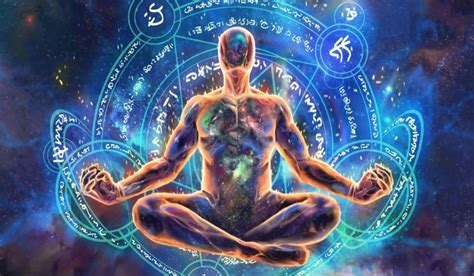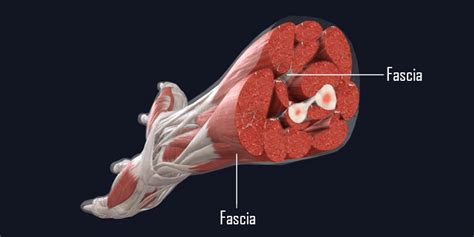
What to Expect in a Craniosacral Therapy Session

Sharon Hartnett CST-D
Worthington, Ohio|Serving the Columbus Area
614 653-8111
To find out more about Craniosacral Therapy, check out my main page.
What to Expect During Your First Craniosacral Therapy Session in Columbus, Ohio
When you step into Lighten Up Therapies, a columbus ohio craniosacral therapy studio for the first time, you’re embarking on a gentle, profoundly relaxing journey toward better health and balance. Whether you’re seeking relief from chronic pain, headaches, stress, or simply craving a deeper mind-body connection, knowing what to expect can help you feel more comfortable and confident. Here’s an in-depth guide to your first Craniosacral Therapy (CST) session in Columbus, OH, packed with local insights and keywords to help you find the best craniosacral therapist in Columbus Ohio.
1. Warm Welcome and Initial Consultation
A Columbus craniosacral therapy session always begin with a friendly intake:
-
Personal Health History
Your therapist, Sharon Hartnett CST-D, will ask about your medical history, current symptoms, lifestyle habits, and goals. This helps tailor the session to your unique needs—whether you live near the Short North Arts District or out by Polaris. -
Discussion of Concerns
Mention any headaches, neck pain, TMJ issues, stress, or sleep disturbances you’ve experienced. Craniosacral therapy in Worthington, Franklin County is renowned for addressing everything from fibromyalgia to post-concussion symptoms. -
Setting Intentions
You’ll collaborate on session goals, such as reducing tension, improving cranial rhythm, or enhancing emotional resilience.
2. Comfortable Treatment Environment
A hallmark of CST in Columbus Ohio is a serene, spa-like environment:
-
Quiet, Cozy Studio
Many Columbus therapists design treatment rooms with soft lighting, a calming atmosphere. -
Gentle Aromatherapy
Optional essential oils—like lavender or chamomile—may be diffused to enhance relaxation. -
Soft Music or Silence
Your craniosacral therapist in Columbus will offer either gentle ambient music or hushed quiet to support deeper rest.
3. Clothing and Positioning
One of the perks of a craniosacral therapy session is that you remain fully clothed:
-
Loose, Comfortable Clothing
Wear stretchy pants, a soft top, or yoga attire. If you’re coming from the University District or German Village, avoid restrictive jeans. -
Table Setup
You’ll lie on a padded massage table, cushioned with extra support under your head and knees. -
Upledger-Inspired Touch
The therapist will use light, skin-on-skin contact—often no more than the weight of a nickel—to assess and gently release tension in your craniosacral system.
4. The Gentle Touch of Upledger Craniosacral Therapy
During your first craniosacral session in Columbus:
-
Palpation of Cranial Rhythm
The therapist senses the subtle ebb-and-flow of cerebrospinal fluid around your brain and spine. -
Releasing Restrictions
Through precise, delicate holds—often at the sacrum (tailbone) or cranium—the therapist helps free areas where motion is restricted, allowing natural healing to occur. -
Whole-Body Integration
Though it’s called “craniosacral,” practitioners often work on the neck, back, feet, and other landmarks to encourage overall system balance.
5. Physical and Emotional Responses
Most clients leave saying, “That was unlike any treatment I’ve ever had!” Common experiences in Columbus, Ohio include:
-
Deep Relaxation
Many drift into a light sleep or enter a meditative state, similar to a peaceful nap near the Scioto River. -
Emotional Release
Feelings of calm, gratitude, or even a gentle tear may surface as stored tension melts away. -
After-Session Soreness
It’s normal to feel slightly achy or tender for 24–48 hours, especially if you’ve released longstanding restrictions.
6. Post-Session Care and Recommendations
To maximize benefits from your Craniosacral Therapy session Columbus OH, your therapist may suggest:
-
Hydration
Drink plenty of water to help flush out released toxins. -
Gentle Movement
A leisurely walk through Goodale Park or some light yoga can support integration. -
Rest and Reflection
Allow yourself downtime to absorb the shifts. Journaling your sensations and insights can deepen the mind-body connection.
7. Booking Your Next Visit
Most clients see noticeable improvements after 2–4 sessions. To continue your healing journey with the top Columbus Ohio craniosacral therapist:
-
Schedule Online
Soon nyou will be able to look for a “Book Now” button on your local therapist’s website or on your Google Business Profile. -
Package Discounts
In Columbus, my practice offers savings on 5- or 10-session packages—ideal if you live in Clintonville, Bexley, or beyond. -
Ask About Integrative Options
Combine CST with massage therapy, nutrition counseling, or Reiki to amplify results.
Why Choose Craniosacral Therapy in Columbus, OH?
-
Holistic – Addresses the nervous system, fascia, and emotional well-being.
-
Non-Invasive – Perfect for all ages, from newborns in Upper Arlington to seniors in Westerville.
-
Personalized – Each session is uniquely crafted for your body’s rhythms and needs.
Sharon Hartnett CST-D
Worthington, Ohio|Serving the Columbus Area
614 653-8111
To find out more about Craniosacral Therapy, check out my main page.





